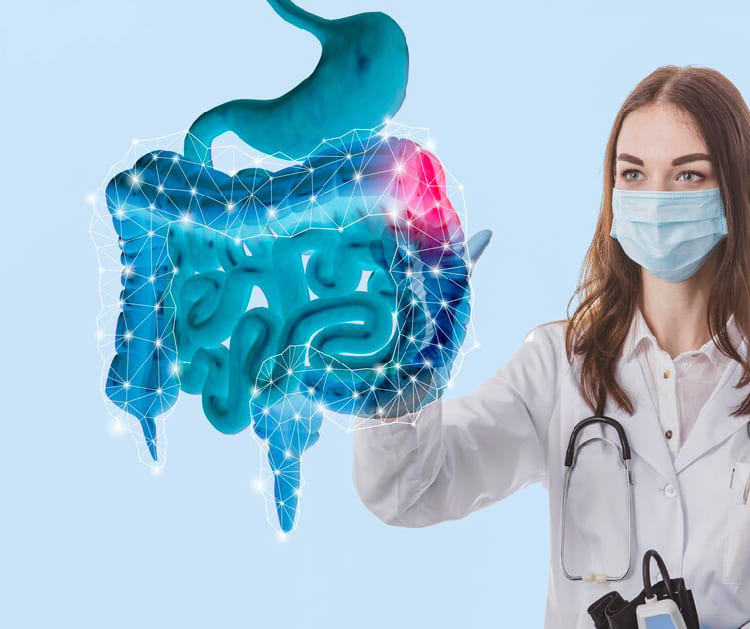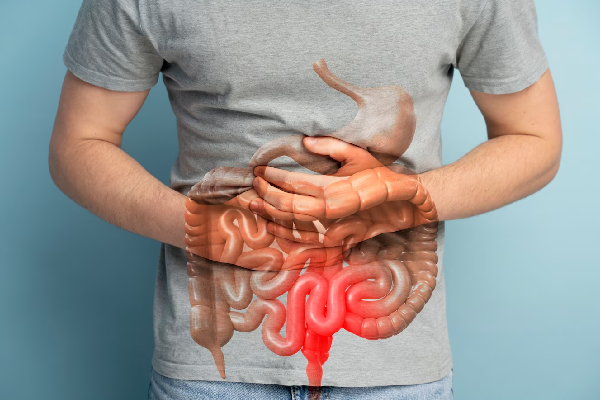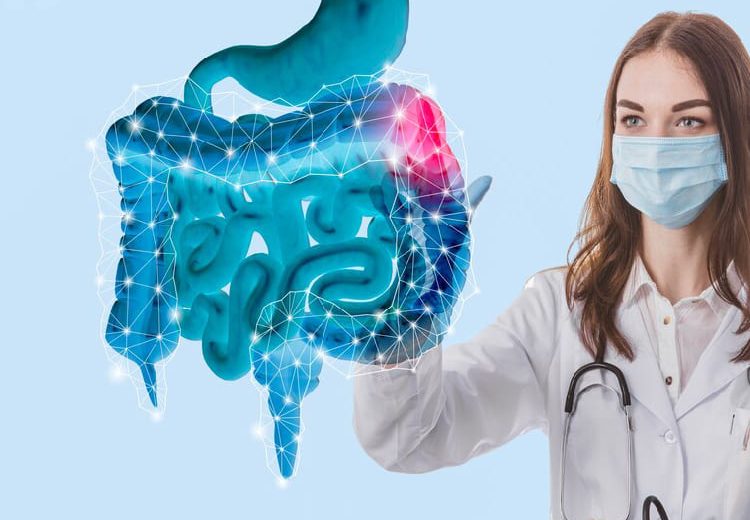
Approximately 33,000 new cases of Crohn’s disease are diagnosed annually. Sufferers seek relief from painful symptoms and the debilitation this disease causes. Recent medical advances have unlocked the medical benefits of stem cell therapy in Crohn’s disease.
An Explanation of Crohn’s Disease
Table of Contents
Digested food from your stomach goes through the small intestine to the large intestine. Most nutrients from your food are absorbed in the small intestine. Your large intestine absorbs water and turns the redigested food into feces.
Call now to speak to a Stem Cell Specialist
In Crohn’s disease, the ends of the small and large intestines are extremely inflamed. While the severity of the disease depends on which part of the intestine is affected, all sufferers lack nutrition due to poor intestinal absorption. The worst symptoms include severe abdominal cramping and pain, diarrhea, fatigue, and fever.
Patients often suffer flare-ups that can last days to weeks, then have a period of remission where they are asymptomatic. Flare-ups can be triggered by different types of food and stress or by an individual trigger for that patient.
Unfortunately, the cause of Crohn’s disease is not known, but genetics plays a role in it, as a family history of the disease is noted in most patients. Crohn’s is an autoimmune disease, and medical experts believe the body attacks the immune system, causing inflammation, pain, and diarrhea.
Crohn’s disease has no cure and is treated based on its symptoms. Since each case of Crohn’s has its own symptoms, it makes finding a cure for all Crohn’s patients nearly impossible.
Current Crohn’s Treatments
Current treatments for Crohn’s disease center on symptoms and flare-ups. Often, patients try many treatments until they find the one that offers the most relief. Medications do not work for everyone, and approximately half of the patients who take medication for Crohn’s disease find they stop working at some point. Unfortunately, many eventually require surgery, hoping for symptom relief and praying the symptoms don’t return!
Changes in Diet
Patients keep a journal to establish what foods trigger a flare-up. Once trigger foods have been identified, patients know what foods to avoid. Food journaling has proven to work very well for all persons with Crohn’s disease since triggers are individual to each person.
Immunosuppressants
Immune System Suppressors prevent the immune system from attacking the body and causing inflammation. Unfortunately, decreasing the immune system’s functioning also leaves them susceptible to more diseases. Immunosuppressants are used with other medications to maximize symptom relief.
Anti-inflammation Meds
Anti-inflammatory drugs are used to reduce inflammation of the digestive tract. They are often part of a cocktail (a group of meds given at one time) of meds that includes steroids and immunosuppressants.The hope is that the combination of meds will decrease damage to the digestive tract and relieve debilitating symptoms.
 Surgery
Surgery
Approximately half of all people living with Crohn’s will have surgery to remove part of their intestines. Once the damage to the digestive tract is so severe, surgery is the last option. The damaged part of the intestine is removed, and the remaining intestine is sown together.
A damaged intestinal lining can lead to an abscess and even a fistula (a hole in the lining of the intestine). In the case of a fistula, the worry is that stomach contents will empty through the fistula and cause a massive infection throughout the body.
Surgery is invasive, painful, and involves at least six weeks of healing. It is not a cure, but it does provide some relief from symptoms and damaged tissue.
Benefits of Stem Cell Treatment in Crohn’s Disease
Medical experts believe the symptoms of Crohn’s disease are caused by digested food encountered by the intestinal lining, so it only makes sense that the best chance at a cure would be to repair the mucosal lining of the intestine (the layer that has direct contact with digested food).
In stem cell treatments for Crohn’s, stem cells are introduced into the body to rejuvenate and repair the intestinal lining. Stem cells improve a patient’s quality of life by reducing intestinal inflammation and healing the damaged intestinal lining. This immune response is also present when treating autoimmune diseases like Lupus and Multiple Sclerosis.
The stem cells attack Crohn’s disease in two ways. First, they correct the immune system to start responding to treatments. Second, they regenerate tissue using healthy stem cells that cause healthy intestinal tissue during rejuvenation.
If you or someone you know suffers from autoimmune diseases like Crohn’s, Lupus, Rheumatoid Arthritis, or Sjogren Syndrome, ProgenCell can help relieve symptoms and regenerate your immune system.
We use autologous bone marrow stem cells (stem cells from your body) to prevent cell rejection and eliminate infection transfer. Our medical experts use cutting-edge procedures and training to ensure your procedure is done to the highest medical standards. We offer the same treatments provided in the US at a more reasonable rate. All consultations begin with our case evaluation form. Fill one out now and start on your journey to autoimmune recovery! Ask about stem cell therapy for anti aging, stem cells for COPD, stem cell therapy for alzheimer’s, stem cell treatment for heart failure, stem cell therapy for Sjögren’s syndrome and more.










